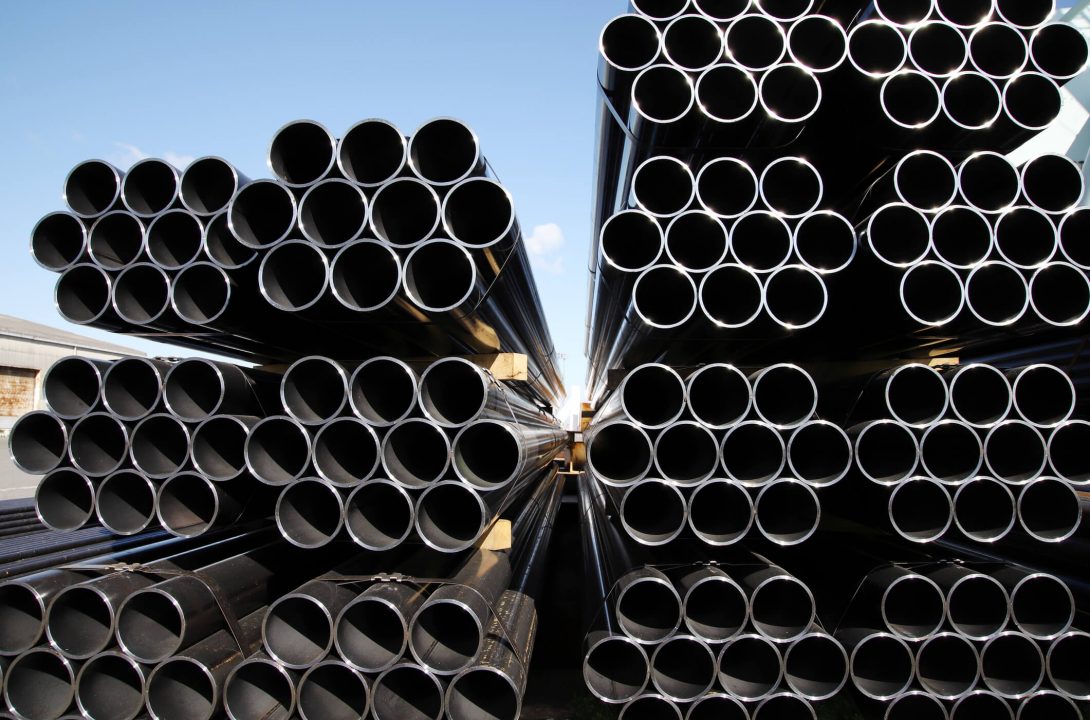
Extremely versatile, welded and seamless steel pipes are used in a wide range of industries. They are of great importance in civil construction, being used in both structural systems and piping.
Despite being visually similar, these two types of tubes present significant differences in the production process, which guarantees some physical characteristics specific to each model.
Continue reading this article and discover a little more about these two types of materials!
Although widely used in construction, steel pipes are also used in the manufacture of a wide variety of objects. Just look around you and you'll see that this material is present in your daily life, whether in the furniture you use or the vehicle you drive.
Basically, tubes are produced through two processes: seamed and seamless.
In the first process, a steel plate is bent around itself, joining the ends to form a cylinder. After this step, the contact point between the sides of the plate is welded, resulting in the material being called a welded steel tube.
In the second process, the tubes are made by heating a solid steel cylinder, then having its core cooled and then removed. This allows for the production of a tube that does not require welding, hence the term seamless steel tube.
As you can see, the main difference between welded and seamless steel pipes is the production process. Therefore, each of these methods produces a material with its own characteristics and is suitable for different situations—in other words, as the saying goes, "each case is different."
Because the production method for welded steel pipe is simpler, it's less expensive, making it readily available on the market. Furthermore, this type of pipe is easier to clean.
Seamless steel pipes, on the other hand, have a more sophisticated manufacturing process, which allows for the production of a seamless material. Therefore, this type of piping has a higher resistance internal, which allows the channeling of fluids that are under pressure.
Whenever you buy steel pipe, whether seamless or seamless, you need to check certain information to ensure the quality of the material you're purchasing. Therefore, check the manufacturer's standards.
Also, try to find out more about the quality policy practiced by the company, to find out if there are certifications and seals that attest to compliance with various national and international standards.
Now that you know a little more about the differences between welded and seamless steel pipe, how about visit our page to learn a little more about our products? See you next time!